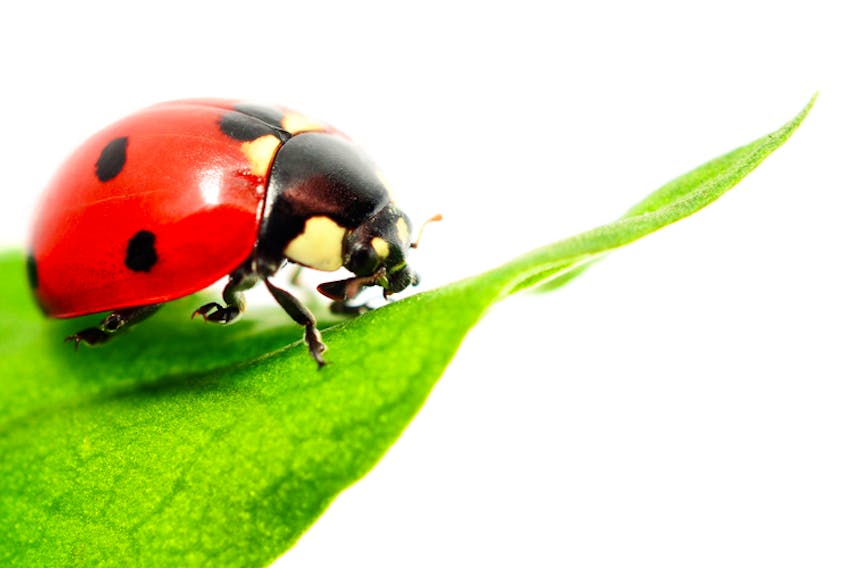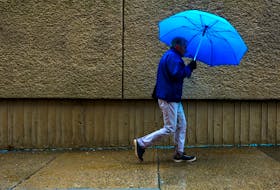People love to talk about the weather and they’re pretty curious about it, too. I embrace that. I get some very interesting questions about the weather, but sometimes those questions are a little obscure. They relate to the weather, but in a round-about way.
Over the past few weeks, I’ve received a number of inquiries about ladybugs. It would appear the tiny little bugs are everywhere this fall.
Before I go any further, I would like to point out the Asian beetle has reached our region. While they’re commonly called ladybugs, the Asian beetle is actually a specific species within the lady beetle family and native to Asia. They can bite and if you crush the little intruders they can emit an awful odour and even stain surfaces with a yellow fluid that acts as a defense mechanism.
Back to why they’re everywhere.
Well, it is the season. When ladybugs swarm in the fall they are looking for shelter in homes and outbuildings, to hibernate during the coming winter months. Although the south side of trees and rotting logs are the natural habitat for hibernation, ladybugs often congregate on the south side of buildings and houses and are amazingly good at finding their way inside homes.
But why are we seeing so many of them this fall?
They usually show up in very large numbers following rainstorms. The rain flushes the ladybugs out of their natural habitats.
Ladybugs have a scientific name of Coccinellidae. They are called ladybirds in Britain, Australia and in South Africa. Only in North America are the beetles called ladybugs. There are over 5,000 species found worldwide and more than 450 species native to North America alone.
Grandma was always happy when a ladybug landed on her. According to tradition, a wish is granted if a ladybug lands on a person. In many countries, children capture the beetle, make a wish and then release it to go back home to make the wish come true.
If ladybugs invade your home, rejoice in the good fortune!









